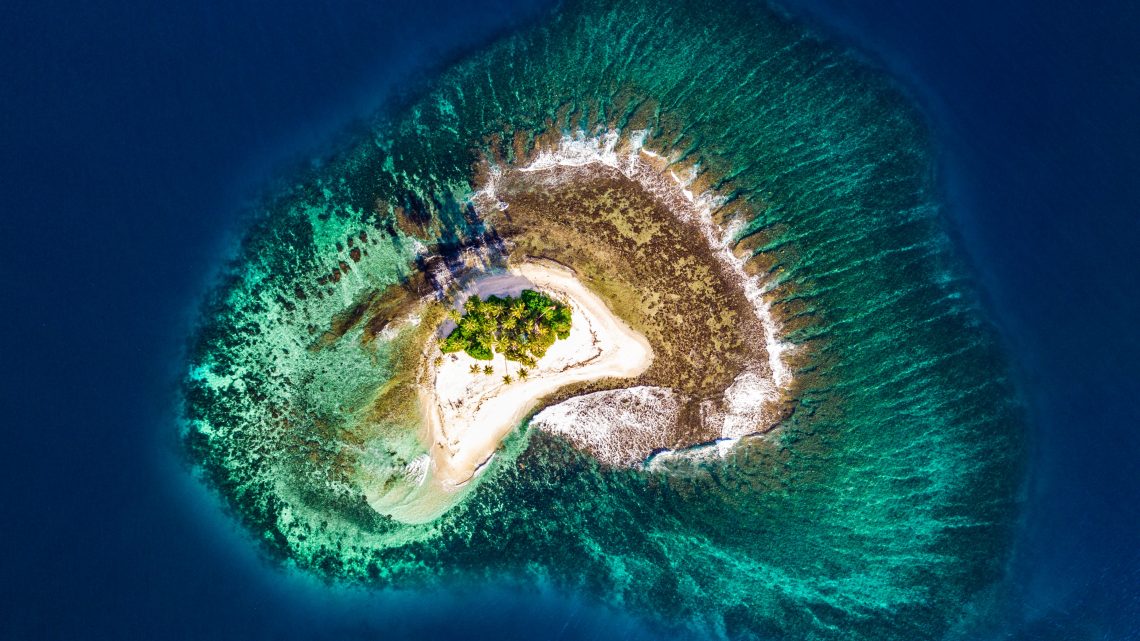I see myself in Annie’s story.
It’s not just that I have a mean streak, because I do.
And that round face, large woman, and stern demeanor stuff. Check, check and check!
Annie’s work ethic and “never idle” mantra drums away inside my head. Every. Damn. Day.
Like Annie, I am a second wife. I too have chosen an outgoing gregarious husband named Joseph who is also nine years older than me. Like Annie’s Joe, my Joe likes to spend his free time in a book/smartphone. My husband may not call me the “other woman” but there was a time in our relationship when I felt like my husband’s second choice.
It’s more than the similarities in my marriage and Annie’s that connect her story to mine.
I too am the disciplinarian. I’m not the chop-off-your-finger-but-too-afraid-to-tell kind of Mom, but being respectful and courteous are something I want to instill in my son.
Son. Singular. No, not twelve children in twenty-four years. I can only imagine what raising ten children to adulthood was like. I hope to never know the heartache and pain Annie felt to have two children die in infancy, and have three adult children die before her. To have an adult alcoholic son die from exposure from a night spent on my own front porch in late December; that’s pain that I hope never to endure.
Annie and I have had very different lives in very different centuries.
I didn’t grow up dirt poor in a rural frontier town. I don’t know what that kind of desperation feels like. I’ve always felt the security of a safety net provided by my parents. I may never be wealthy, but neither have I experienced true poverty. So, different than Annie, I will never know what it feels to be that close to the edge and the shame that comes from having to peddle vegetables.
I inherited from Annie (and other strong women like her) a love of learning and a desire for an education, but I will never know what it is like to dream of an education and have almost no opportunity to obtain it. I will never know what it’s like to be so desperate for education that I would marry for the mere promise of it. My education was a gift and the result, in part, of my parents’ conscious decision to raise their family in a neighborhood with the best schools and within the shadow of a major university. I live in a time when women can achieve the highest levels of education and achievement and that is something Annie did not have even a hope of.
In some ways I will never fully understand the circumstances and forces that made Annie who she was.
As I look at what I’ve learned about Annie’s life, I see an ambitious woman who wanted desperately to rise above grinding childhood poverty to respectability and financial stability. I see a woman of great pride. I also see a woman who built walls around her. Literal walls and emotional walls. Walls to protect herself against poverty, shame, and vulnerability.
I see myself in Annie’s story. The old woman feeding the neighbor’s chickens just to see something living. I’ve known that kind of loneliness. The woman with hoards of stuff but no close relationships, even with family; that could have been me.
Within the core of my identity, Annie exists. At the core of Annie’s story is my fear that her story is my story.
I believe that by knowing Annie’s story, I know myself better. Hers is a cautionary tale. Her story is my story if pride and pain, ambition, and fear of being hurt ruled my life.
Instead, I push back from the voices

























